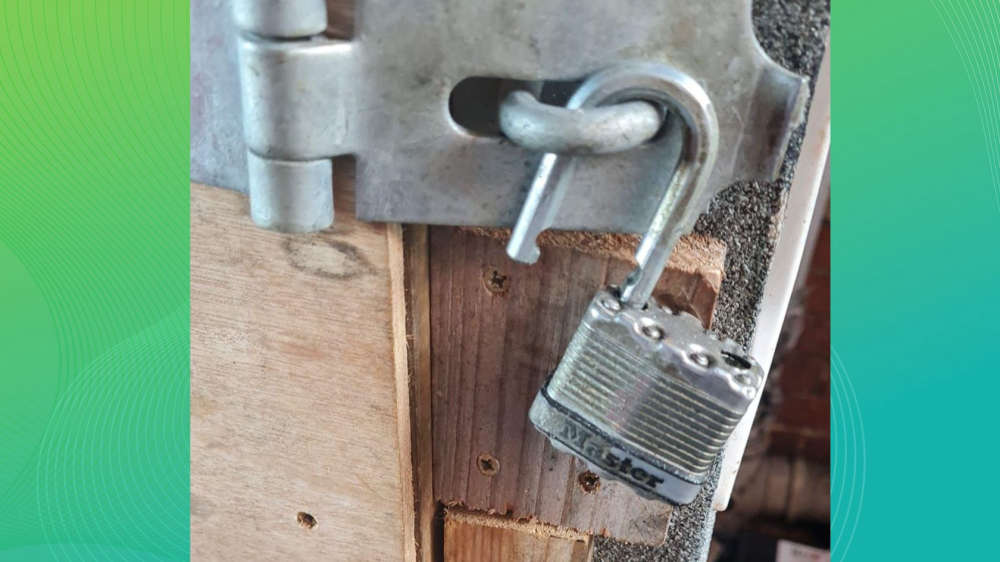
For businesses, understanding & challenging costs is more important more than ever. There’s no one piece of tech that can help with this.
But there is a great deal you can do with the tech that’s already in the workplace or close by. And 2023 is going to be the year in which some of the tech that has recently come onto the scene will really start to become useful.
Step 1. Know what tasks in your business your costs are funding
This is about making your costs visible, to help you to see what you are getting for your money.
Every Finance system (e.g. Xero) will allow you to export your expenditure transactions into a spreadsheet.
On their own they don’t tell you very much. But, if you use an online whiteboard system (e.g. Miro) to map the steps in the your key business processes, you can then do a rough and ready allocation of costs (including salaries) to each step in each process.
This will allow you to work out what it really costs whenever, say, a new customer comes onboard, or there’s a change in an order, or a member of staff leaves and you have to recruit their replacement.
It’s all based on estimates. But it’s enough to indicate that the cost of, say, a cancelled order is in the region of £800 and not £80 – and that it’s big enough to warrant further attention.
Step 2. Automate, automate, automate
Look at the high cost tasks first and figure out why they are so high.
E.g. things are straightforward, but there’s still a lot of paper and manual work.
Or, there might be unplanned work (e.g. rework, chasing, waiting) that is adding unnecessary cost.
Or, you are simply carrying some big expenses that have never been exposed and challenged properly.
Whatever is going on, the simple act of exposing and challenging costs is big step towards doing something about them. And by examining the task rather than just trying to pare down the cost, you will be able to find solutions that will help you to reduce cost and drive up value at the same time.
The solutions of interest are almost certainly going to involve automation. Be very clear about the steps that automation needs to perform (your whiteboard process charts become very useful here), and then look for the tools that seem to be the best choice.
There are too many to list, however, a quick Google search on ‘automation tools for businesses’ will yield a rich pick list.
Step 3. Bring tech into your procurement processes
This is about spending with a clear understanding of the impact upon profit.
There’s a whole raft of procurement applications that will help you to stay on top of areas such as:
- Spend analysis
- Supplier data intelligence
- Compliance and risk management
- Contract management
- Environmental, social and governance compliance
Again, there are too many mention, but another Google search, this time on ‘procurement technology for businesses’ will open up a pandoras box of options.
Step 4. Measure, measure, measure.
Finally, repeat the cost allocations at step 1 now and again – enough to see whether your costs are heading in the right direction.
And, if you have discovered that your business is exposed to specific events, or risks, that hit you hard where it hurts, then start measuring performance in a way that will help you to see those events coming, and in time to take action.
This depends upon the processes, however, it is easier than ever to find apps that keep track of where things are, and whether things are happening on time. Take a look at the myriad of project management, supply chain management, workforce management apps that are available, and check out the measures that they provide.
To find out more about our Technology in MK partner, please visit BizTech's website here.















